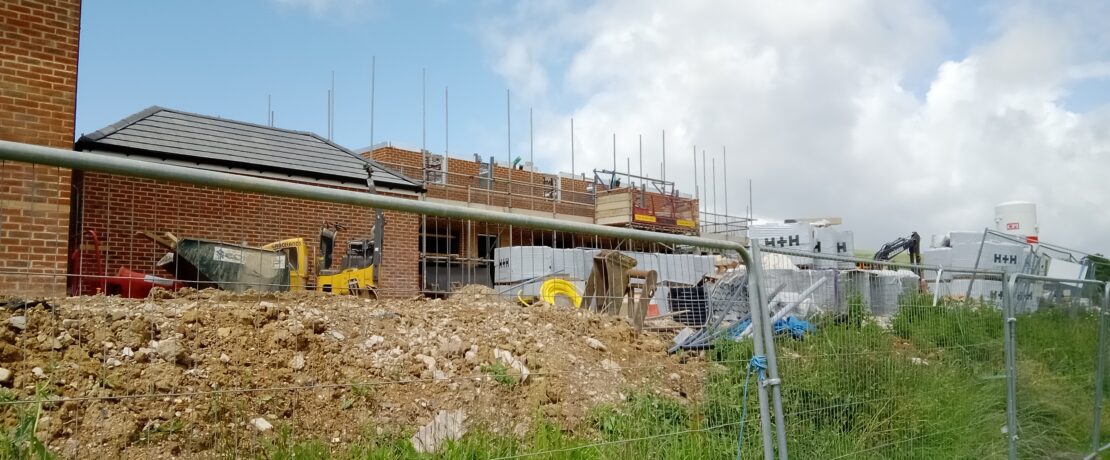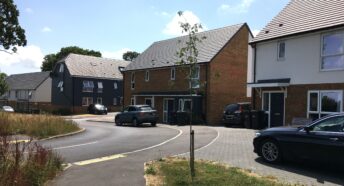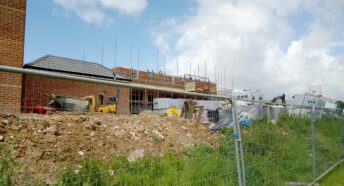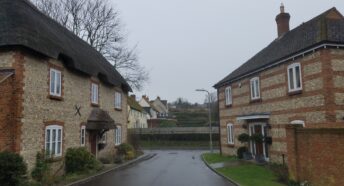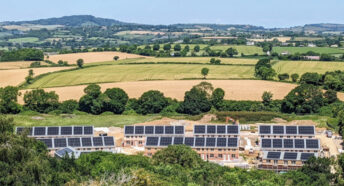Proposed Government Housing Targets Could Add Over 100,000 Residents to BCP
PRESS RELEASE 10 JANUARY 2025
Proposed Government Housing Targets Could Add Over 100,000 Residents to Bournemouth, Christchurch, and Poole (BCP)
Dorset CPRE warns of environmental, infrastructural, and sustainability challenges under the Government’s latest Housing Targets for BCP .
The Poole and Purbeck Group of the Campaign to Protect Rural England (CPRE) has issued a stark warning that proposed new housing targets in the Bournemouth, Christchurch, and Poole (BCP) Local Plan could lead to an unprecedented population surge of over 100,000 people. This projection is based on a Government target of 44,370 new homes over 15 years, under Central Government’s housing method. This is almost double the much more sustainable BCP Local Plan target of 24,000 new homes which will be the subject of a public hearing in the next two weeks. Dorset CPRE highlights that such development risks severe environmental damage, infrastructure overload, and unsustainable urban sprawl.
Exceptional Circumstances for an Alternative Approach
Dorset CPRE argues that BCP’s unique environmental and infrastructural constraints justify a departure from the standard method of assessing housing needs. The current method relies on outdated population projections and does not account for BCP’s slower population growth trends. This discrepancy creates unrealistic expectations that threaten to overwhelm the region’s fragile ecosystems and constrained infrastructure.
“The Ministerial Statement of July 2024 itself acknowledged the flaws in the standard method for housing needs assessment,” a spokesperson for Dorset CPRE noted. “BCP’s population growth has not aligned with the assumptions made by this model, making an alternative approach both necessary and justified.”
Environmental and Infrastructure Challenges
The proposed targets raise critical concerns about the sustainability of growth in the BCP area. The region is home to nationally significant environments, including Poole Harbour, lowland heathlands, and the rivers Stour and Avon. These areas are already under pressure from pollution, climate change, and urban expansion.
Key concerns include:
- Pollution in Poole Harbour: Increased housing could exacerbate nutrient runoff, deoxygenation, and algal blooms, harming marine ecosystems.
- Protected Heathlands: Strict regulations protect these globally rare ecosystems, limiting nearby development.
- Flood Risks: Low-lying coastal areas like Mudeford and Poole Quay are highly susceptible to rising sea levels and extreme weather events.
- Traffic Congestion: With BCP ranked the third most congested area in the UK, additional housing could increase peak-time traffic by 18.5%, further straining the road network.
Call for Sustainable and Balanced Growth
Dorset CPRE supports a plan for realistic, sustainable housing numbers including provision for affordable and social homes for local people, while protecting the environment and Green Belt. The charity advocates using available urban and brownfield sites and implementing stringent net-zero standards for new builds.
“BCP’s housing plan must strike a balance between meeting local needs and preserving the area’s unique environmental and social fabric,” the spokesperson emphasized. “It is vital that we focus on sustainable growth rather than unrealistic targets driven by central policy.”
Conclusion
At the forthcoming hearing into the draft BCP Local Plan, Dorset CPRE will be urging the Planning Inspectors to adopt a constraints-based approach to housing development, which reflects the region’s environmental sensitivities and infrastructure capacities. With the next phases of the BCP Local Plan under review, the charity remains committed to engaging constructively to ensure the area grows sustainably.
